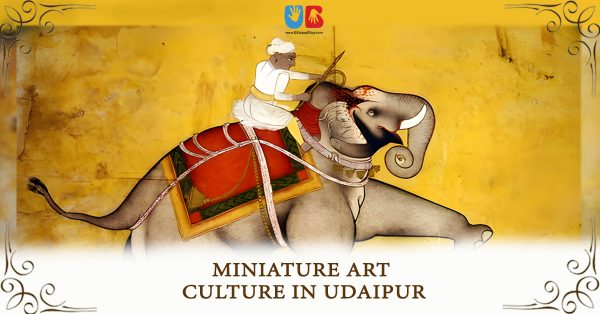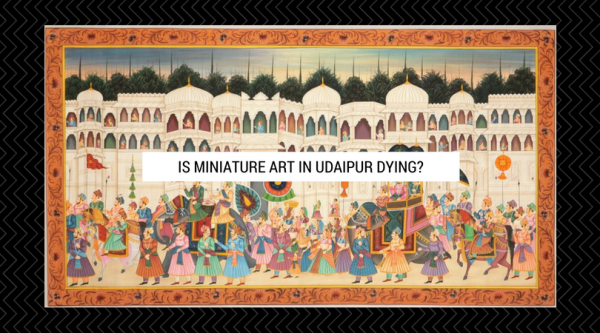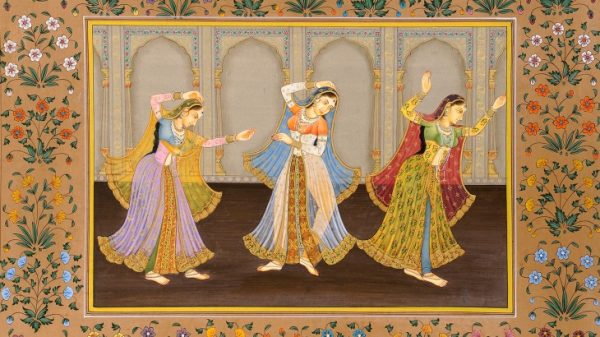Posted inHistory and Culture
Miniature Art Culture in Udaipur
Miniature Painting has significance not only in being beautiful, but also academically, historically, and religiously. These paintings were used to record the lives of royalty. For a long time, when…


